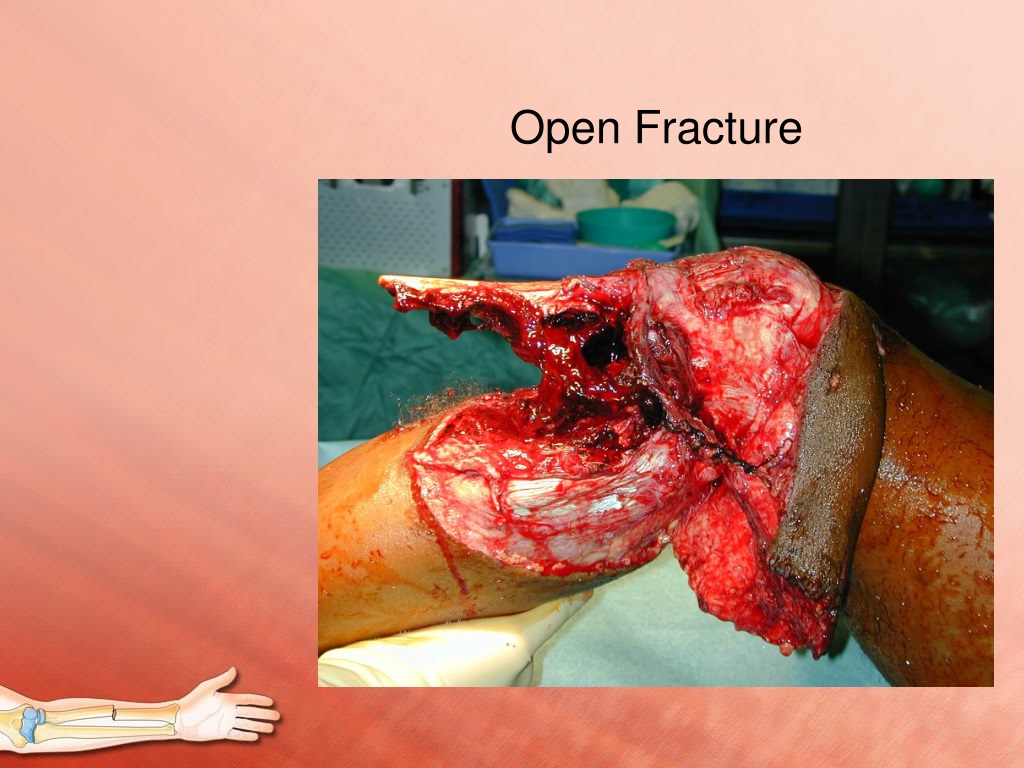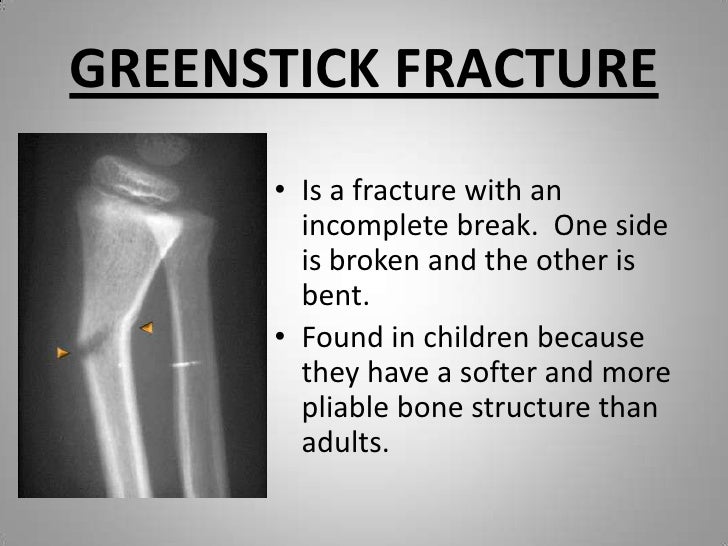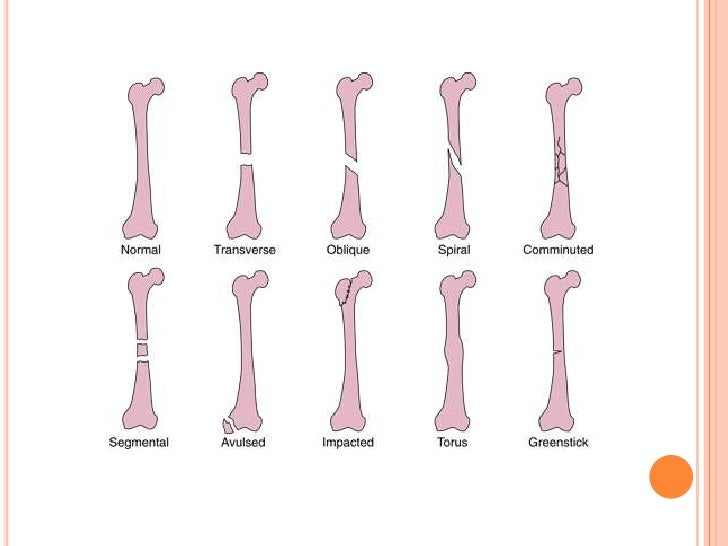

- #Fracture definition full#
- #Fracture definition professional#
It's routine to be assessed for any further risk of fracture, especially if you: You may be sent a letter inviting you for a scan of your bone density after a fracture. Loss of confidence is common after a fracture.

As you get back to normal life this should get better. Moodįrustration or low mood after an injury is normal. This will get better as you slowly build up to all your usual activities. Reduced flexibility and strength may make things more difficult to start with. Over time, gradually increase what you do.

However, keep doing any activities you're able to and where your pain allows. During this time, don't stress the joint with heavy lifting or weight-bearing. It can take 6 weeks for a radial head or neck fracture to heal completely.
#Fracture definition professional#
You don’t need to see a healthcare professional to return to work. It may be possible to discuss a phased return to work or changed duties. Your return to work will depend on the type of work you do and your employer.
#Fracture definition full#
You should always be in full control of your vehicle. Once you're out of your sling, the general advice is that you must be able to perform an emergency stop or manoeuvre safely. You should contact your insurance provider before driving. There are some things you should consider when trying to get back to your normal activities. It can be very purple to start with and may change colour as you recover.

It's normal to have bruising after a fracture.īruising can be widespread and may appear a long way from your fracture.
avoid too much rest or too much activity. keep the other joints in your hand or arm moving normally. raise your arm above your heart when resting – you can do this by supporting your elbow with pillows. However, there are some things you can do to reduce the swelling. Having a lot of swelling can become uncomfortable or limit your movement. It can then spread down your arm.Įven when your fracture has healed it's normal to have some swelling. It's normal to have swelling near the fracture. Your local pharmacy can give you advice on managing pain after a fracture. Some people also experience discomfort in the fracture site during colder weather. It's normal to have some pain even when your fracture has healed. Pain can change from day to day and it doesn’t always depend on what you're doing. It's normal to have some discomfort in the areas around your fracture, including: The aim is to stop wearing this support as soon as possible, ideally within a week. It's important that you reduce the use of this as your pain improves to prevent your elbow from becoming stiff. You may be given a collar and cuff or sling for pain relief only. However, it's important to continue to move it, even if it hurts. This type of elbow fracture is stable and you can move your joint without causing damage.Īt first, your elbow will feel stiff and painful. If you have concerns about your medication, talk to a healthcare professional.Īnti-inflammatory medication, like Ibuprofen or Naproxen, has been shown to delay healing. Some medications can slow down fracture healing. Some medical conditions, like diabetes, may slow down the healing.Įating a healthy diet and keeping yourself active will help your recovery. Stopping smoking as your fracture heals will help to ensure the best recovery. In some people, it can stop healing altogether. Smoking affects all your tissues and slows facture healing times. There are some things that might affect your recovery. It's also normal for the area to be more sensitive for a while after the injury. This often happens when you try activities you haven’t done for a while. It's normal to have aches and discomfort beyond 3 to 6 weeks. A fracture heals between 3 to 6 weeks after the injury.








 0 kommentar(er)
0 kommentar(er)
